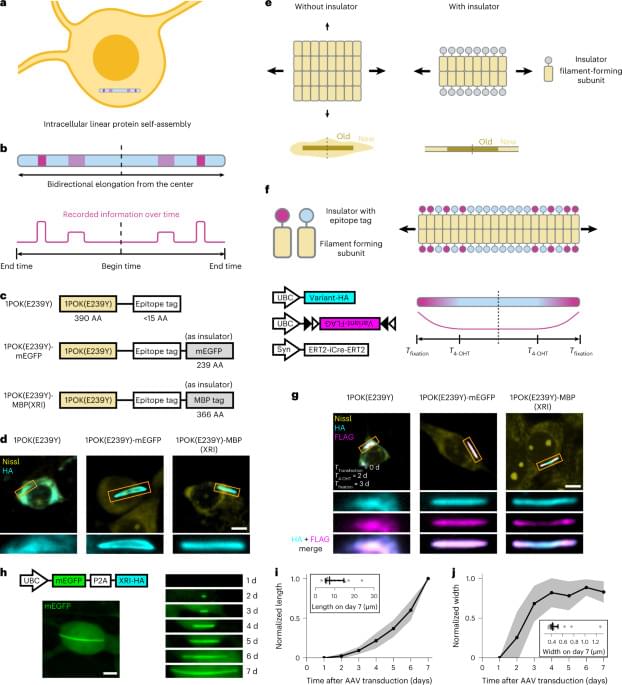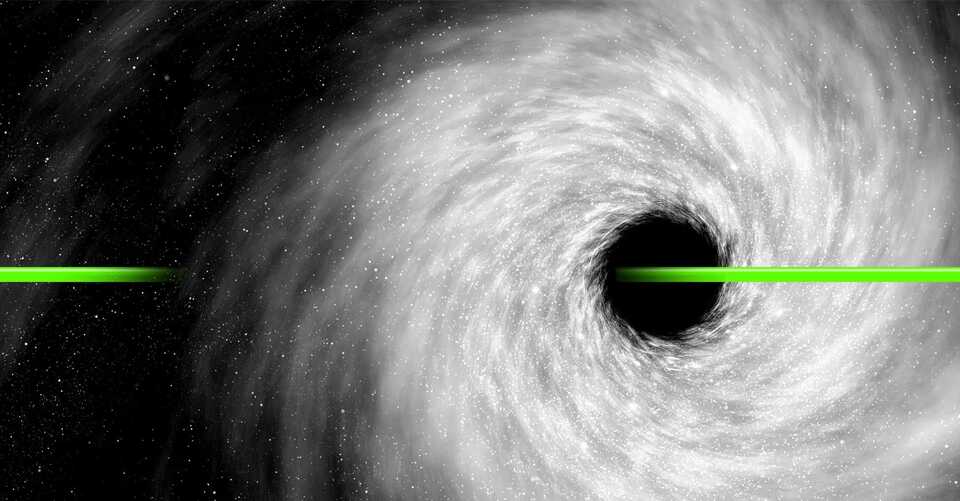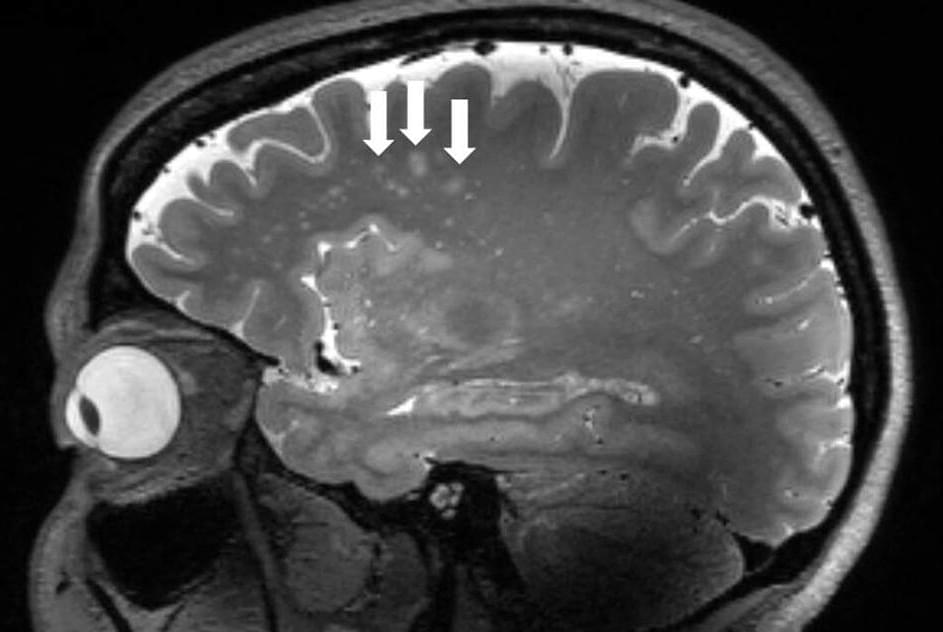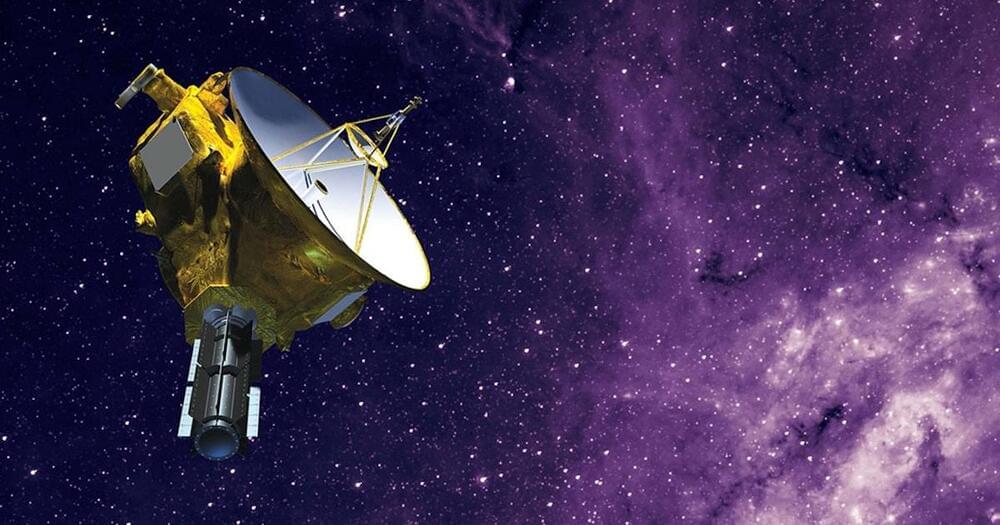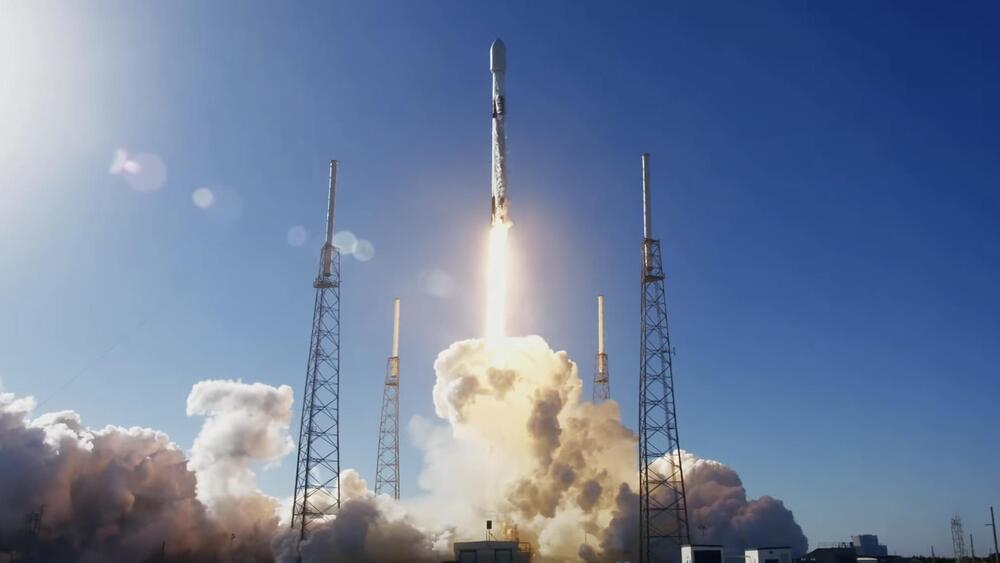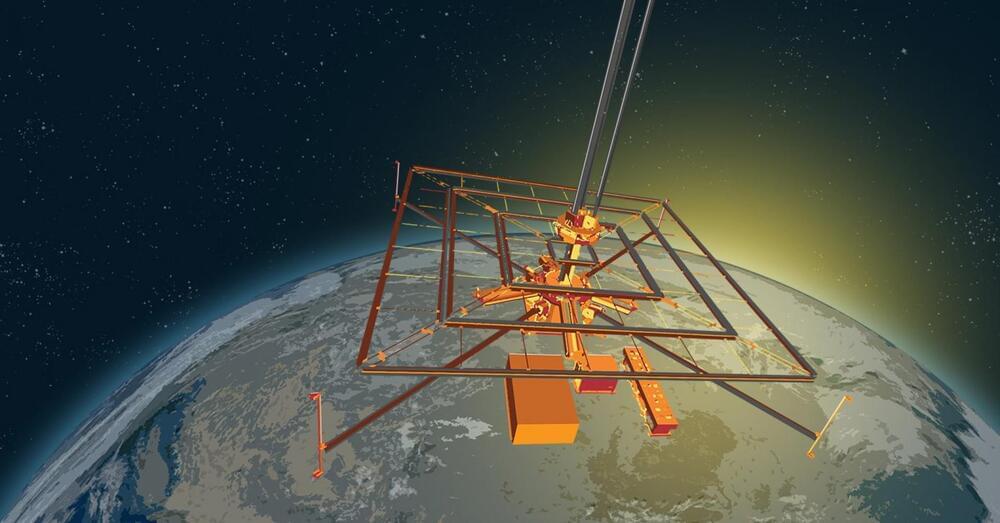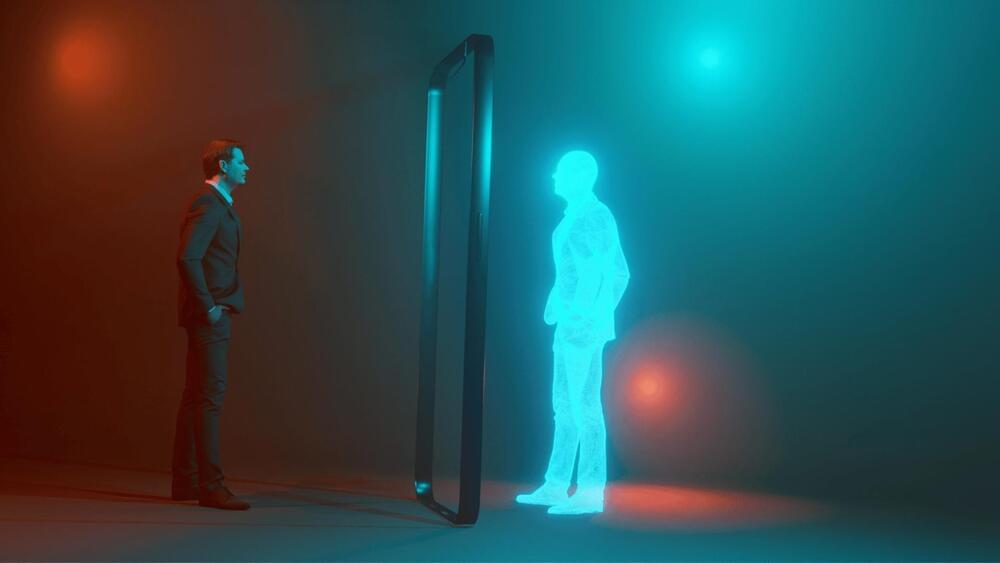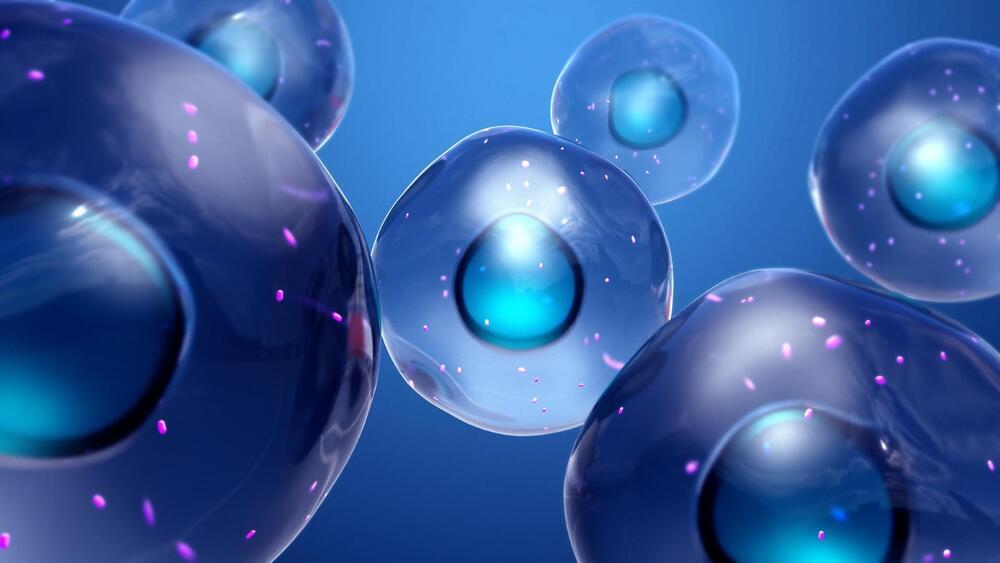A history of cellular events is recorded in self-assembling protein chains.
Pity the poor astronomer. Biologists can hold examples of life in their hands. Geologists can fill specimen cabinets with rocks. Even physicists get to probe subatomic particles in laboratories built here on Earth. But across its millennia-long history, astronomy has always been a science of separation. No astronomer has stood on the shores of an alien exoplanet orbiting a distant star or viewed an interstellar nebula up close. Other than a few captured light waves crossing the great void, astronomers have never had intimate access to the environments that spur their passion.
Until recently, that is. At the turn of the 21st century, astrophysicists opened a new and unexpected era for themselves: large-scale laboratory experimentation. High-powered machines, in particular some very large lasers, have provided ways to re-create the cosmos, allowing scientists like myself to explore some of the universe’s most dramatic environments in contained, controlled settings. Researchers have learned to explode mini supernovas in their labs, reproduce environments around newborn stars, and even probe the hearts of massive and potentially habitable exoplanets.
How we got here is one of the great stories of science and synergy. The emergence of this new large-scale lab-based astrophysics was an unanticipated side effect of a much broader, more fraught, and now quite in-the-news scientific journey: the quest for nuclear fusion. As humanity has worked to capture the energy of the stars, we’ve also found a way to bring the stars down to Earth.
When it comes to longevity in the animal kingdom, the Naked mole-rat is often touted as one of the longest living animals known to man, and some say that they functionally do not age, only ever dying of disease or predation. In this article we will investigate these claims, and discover what exactly is so exciting about these aesthetically challenged rodents which has made so many researchers so optimistic about the future of human longevity.
Are Naked Mole-Rats Immortal?
Let’s dispel one of the largest misconceptions about naked mole-rats (Heterocephalus glaber) before we dive into what makes these rodents so interesting. No, naked mole-rats are not immortal in any sense of the word. First documented in 1,842 by German naturalist Eduard Rüppell, we have formally studied this species of rodent for over 180 years, and we have yet to see any immortal naked-mole rats running around, in the wild or otherwise. Neither have we seen a naked mole-rat coming close to the longevity enjoyed by our own species, let alone the longevity enjoyed by other longer lived species such as the giant tortoise. However, it is not the lifespan itself that is so remarkable about the naked mole-rat, but rather its relative longevity compared to other rodents that makes the naked mole-rat so interesting.
Scientists are increasingly studying quantum entanglement, which occurs when two or more systems are created or interact in such a manner that the quantum states of some cannot be described independently of the quantum states of the others. The systems are correlated, even when they are separated by a large distance. The significant potential for applications in encryption, communications and quantum computing spurs research. The difficulty is that when the systems interact with their surroundings, they almost immediately become disentangled.
In the latest study by the Laboratory for Coherent Manipulation of Atoms and Light (LMCAL) at the University of São Paulo’s Physics Institute (IF-USP) in Brazil, the researchers succeeded in developing a light source that produced two entangled light beams. Their work is published in Physical Review Letters.
“This light source was an optical parametric oscillator, or OPO, which is typically made up of a non-linear optical response crystal between two mirrors forming an optical cavity. When a bright green beam shines on the apparatus, the crystal-mirror dynamics produces two light beams with quantum correlations,” said physicist Hans Marin Florez, last author of the article.
For the first time, a new study has identified enlarged perivascular spaces in the brains of migraine sufferers. Results of the study were presented recently at the annual meeting of the Radiological Society of North America (RSNA).
“In people with chronic migraine and episodic migraine without aura, there are significant changes in the perivascular spaces of a brain region called the centrum semiovale,” said study co-author Wilson Xu, an M.D. candidate at Keck School of Medicine of the University of Southern California in Los Angeles. “These changes have never been reported before.”
Migraine is a common, often debilitating condition, involving a severe recurring headache. Migraines may also cause nausea, weakness, and light sensitivity. According to the American Migraine Foundation, over 37 million people in the U.S. are affected by migraine, and up to 148 million people worldwide suffer from chronic migraine.
Now that it is passing through the Kuiper Belt, away from the light pollution of the inner Solar System, it has another lucrative mission: measuring the brightness of the Universe. These measurements will allow astronomers to make more accurate estimates of how many galaxies there are, which is still the subject of debate. According to new measures by New Horizons, the light coming from stars beyond the Milky Way is two to three times brighter than the light from known populations of galaxies — meaning that there are even more out there than we thought!
What’s new — The study was led by a team from the Center for Detectors (CfD), an academic research group at the Rochester Institute of Technology (RIT). They were joined by researchers from NASA’s Jet Propulsion Laboratory, the Space Exploration Sector (SES) at the Johns Hopkins University Applied Physics Laboratory (JHUAPL), the University of California Irvine, and the Space Sciences Laboratory (SSL) at UC Berkeley. The paper that describes their findings recently appeared online and has been accepted for publication in The Astrophysical Journal.
The company almost doubled its launch record set the previous year. This year, it will likely break new ground with Starship.
SpaceX’s first mission of 2023 launched a massive 114 satellites into orbit. The Falcon 9 rideshare mission, called Transporter-6, launched at 10:56 a.m. EST (1456 GMT) from Cape Canaveral Space Force Station in Florida.
The new mission kickstarts what is set to be a massive year for SpaceX as the company readies for the orbital launch of its next-generation Starship rocket.
It also follows on from what was a record-breaking year for SpaceX in 2022, with the company almost doubling its previous launch record.
SpaceX / YouTube.
A new demo from Caltech will test the viability of unlimited solar power beamed back to Earth from orbit.
A new demo from Caltech is set to launch in January 2023, and it could shake up the way we collect and harvest solar power in the future.
Caltech’s Space Solar Power Project (SSPP) is getting ready to put its first Space Solar Power Demonstrator into space to test new technologies that could make the dream of space-based solar power harvesting — which could yield considerably more energy than ground-based solar arrays — closer to reality.
The hologram device has been announced as a CES 2023 Innovation Awards Honoree. That’s two times in a row.
Zoom-like webcam chats could be going the way of the dodo, a new holographic technology is making waves to bridge the gap between the real and virtual worlds.
The original, patented hologram device from Proto M, created by a Los Angeles firm called Proto, was this week announced as a CES 2023 Innovation Awards Honoree in the category of Digital Health.
Mikkelwilliam/iStock.
People from all walks of life are beaming themselves into meetings in real-time from anywhere in the world, igniting the science fiction dreams of many who have eyed the likes of Star Wars, Avatar, and Prometheus (to name a few).
The proteins can record histories of cellular events.
Researchers from MIT developed a technique to induce cells to record the history of cellular events in a long protein chain that can be imaged using a light microscope. The technique could help understand the critical steps involved in the processes, such as memory formation, response to drug treatment, and gene expression.
Studying the molecular processes within cells can provide important insights into their function and how they contribute to the overall functioning of an organ.
Design Cells/iStock.
“Biological systems are often composed of a large number of different types of cells. To understand those kinds of biological systems, we need to observe physiological events over time in these large cell populations,” said Changyang Linghu, Assistant Professor at the Michigan Neuroscience Institute and author of the study.
